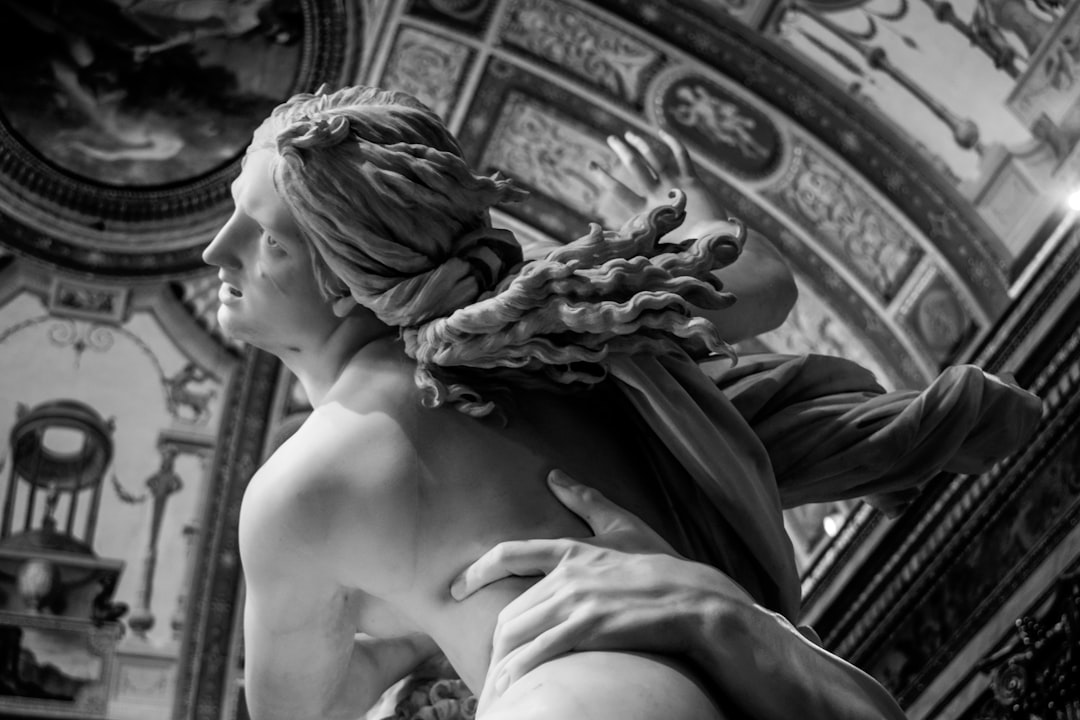Introduction
The Minotaur is one of the most well-known creatures in ancient Greek mythology, depicted as a half-human, half-bull monster who lived in a labyrinth on the island of Crete. The story of the Minotaur is a fascinating one that has captured the imagination of people for centuries. But where did this myth come from? And what is its significance?
In this article, we will explore the origins of the Minotaur myth, including its possible origins in ancient Crete and its evolution in Greek literature and art. We will also examine the symbolism and cultural significance of the Minotaur, as well as its lasting legacy in modern culture.
The Legend of the Minotaur: An Overview
The Minotaur was said to be the offspring of Pasiphae, the wife of King Minos of Crete, and a bull. The creature was eventually imprisoned in a labyrinth by King Minos, where he was fed a regular tribute of young Athenian men and women as sacrifices.
According to the myth, the Athenian hero Theseus was able to slay the Minotaur and escape the labyrinth with the help of King Minos’ daughter, Ariadne. However, the story of the Minotaur’s origins and the significance of the labyrinth have been the subject of much debate among scholars.
The Minotaur myth can be traced back to ancient Greece and the island of Crete. According to the myth, the Minotaur was born to Pasiphae, the wife of King Minos of Crete. Pasiphae was cursed by the gods to fall in love with a bull, and as a result, she gave birth to the Minotaur.
King Minos, ashamed of his monstrous son, had a labyrinth built to house the creature. The labyrinth was a complex maze that was impossible to navigate without a guide. Every year, Minos demanded that seven Athenian youths and seven maidens be sent to Crete as tribute to the Minotaur. These sacrifices were meant to placate the creature and prevent it from attacking the people of Crete.
The Minotaur in Art and Literature
The Minotaur myth has been the subject of numerous works of art and literature throughout history. In Greek art, the creature is often depicted as a muscular, bull-headed figure with a human body. One of the most famous depictions of the Minotaur can be found in the ancient Greek myth of Theseus and the Minotaur.
In this story, Theseus volunteers to be one of the Athenian youths sent to Crete as tribute. He vows to kill the Minotaur and end the sacrifices once and for all. With the help of Princess Ariadne, who falls in love with him, Theseus is able to navigate the labyrinth and slay the Minotaur. He then uses a ball of thread to find his way back out of the maze.
The Minotaur in Popular Culture
The Minotaur myth has also had a significant impact on popular culture. The creature has appeared in numerous films, books, and television shows. One of the most famous adaptations of the Minotaur myth can be found in Rick Riordan’s “Percy Jackson and the Olympians” series, where the creature is depicted as a powerful adversary for the young demigods.
Possible Origins of the Minotaur Myth
Some scholars believe that the Minotaur myth has its origins in ancient Crete, where bull worship was a prominent aspect of Minoan religion. The labyrinth, too, may have had religious significance as a symbol of the journey through life and death. Others suggest that the Minotaur myth was influenced by Near Eastern myths and legends, such as the Babylonian tale of the bull-man creature known as the “Enkidu.”
Evolution of the Minotaur Myth in Greek Culture
The Minotaur myth was first recorded in Greek literature in the works of the poet Hesiod in the 8th century BC. It was later popularized by the playwright Euripides in his play “The Bacchae,” and became a recurring theme in Greek art and literature. The Minotaur also became a popular subject in Roman art and literature, and the image of the half-man, half-bull creature was later incorporated into medieval art and literature as well.
Symbolism and Cultural Significance of the Minotaur
The Minotaur is often interpreted as a symbol of the darker aspects of human nature, such as greed, lust, and violence. The labyrinth, too, is seen as a symbol of the journey through life, with its twists and turns representing the challenges and obstacles that we must overcome.
The Minotaur also holds a significant place in the history and culture of Crete, where the myth has been celebrated in art and literature for centuries. The island is home to many important archaeological sites related to the Minotaur myth, including the ruins of the palace of Knossos.
The Lasting Legacy of the Minotaur Myth
The Minotaur myth has had a lasting impact on art, literature, and popular culture. The image of the half-man, half-bull creature has been incorporated into countless works of art and literature, and has inspired numerous films, television shows, and video games.
The Minotaur myth is a fascinating and enduring one that has captivated people for centuries. Whether in art, literature, or popular culture, the Minotaur has remained a symbol of fear and mystery. Its origins may be rooted in ancient Greece, but its impact on the world of storytelling is timeless.
Conclusion
The myth of the Minotaur remains one of the most enduring and fascinating tales from ancient Greek mythology. Its origins may be shrouded in mystery, but its lasting impact on art, literature, and popular culture is undeniable. The story of the half-man, half-bull creature and the hero who defeated him continues to captivate audiences today, proving that the power of myth and storytelling knows no bounds.


